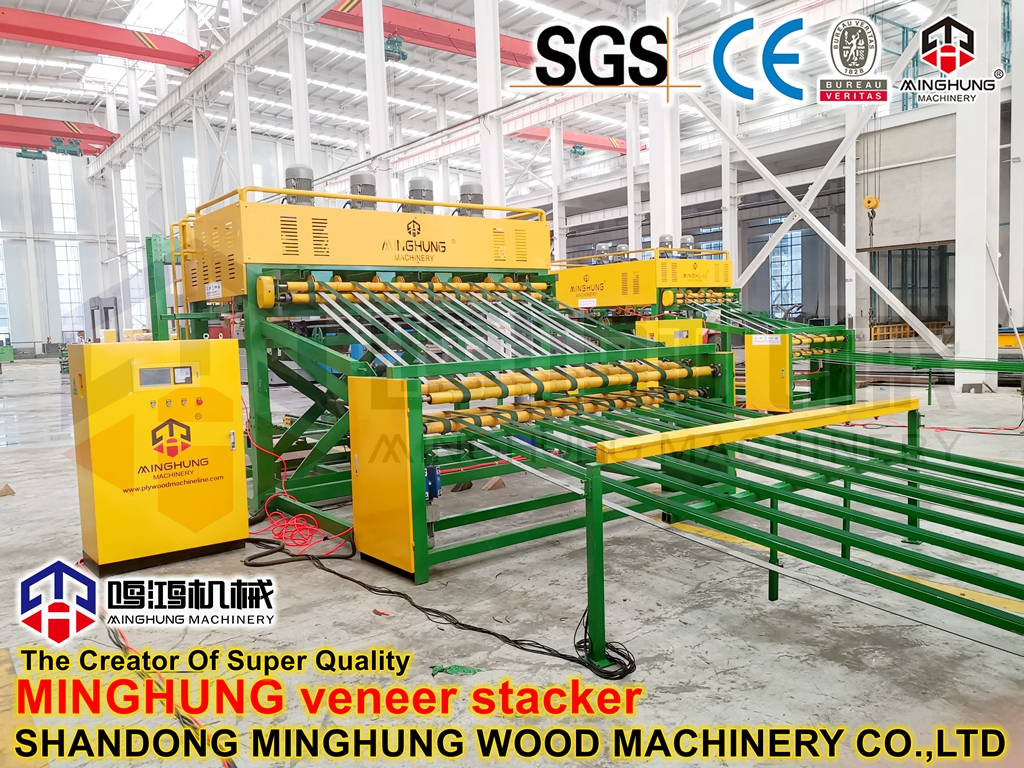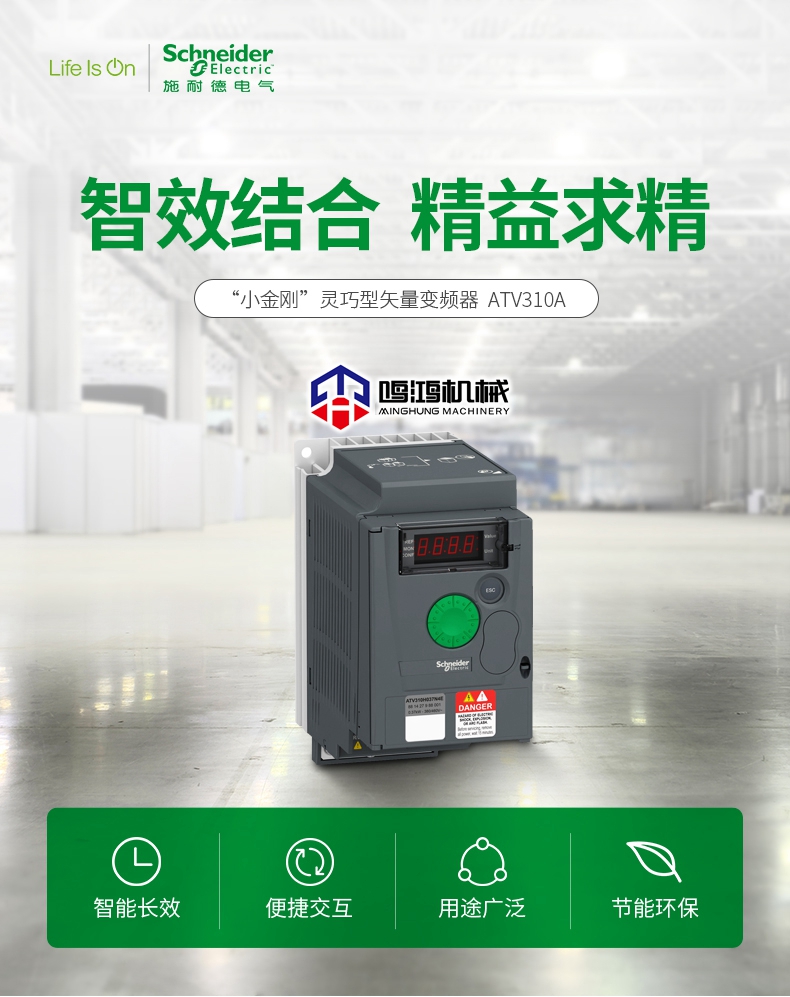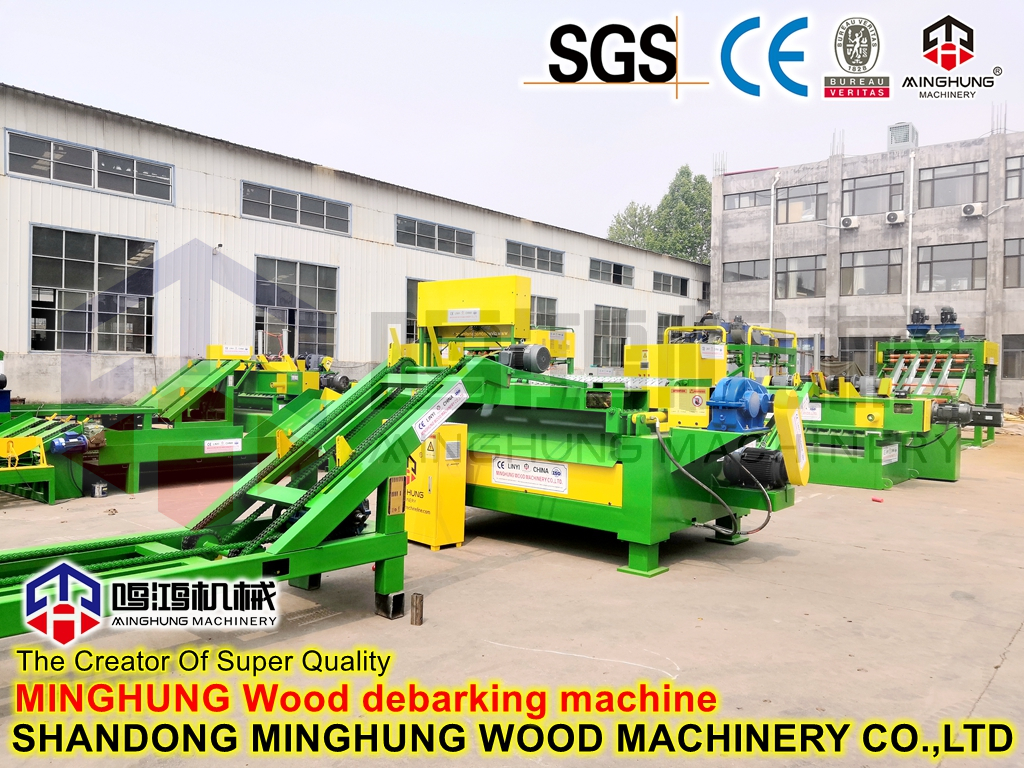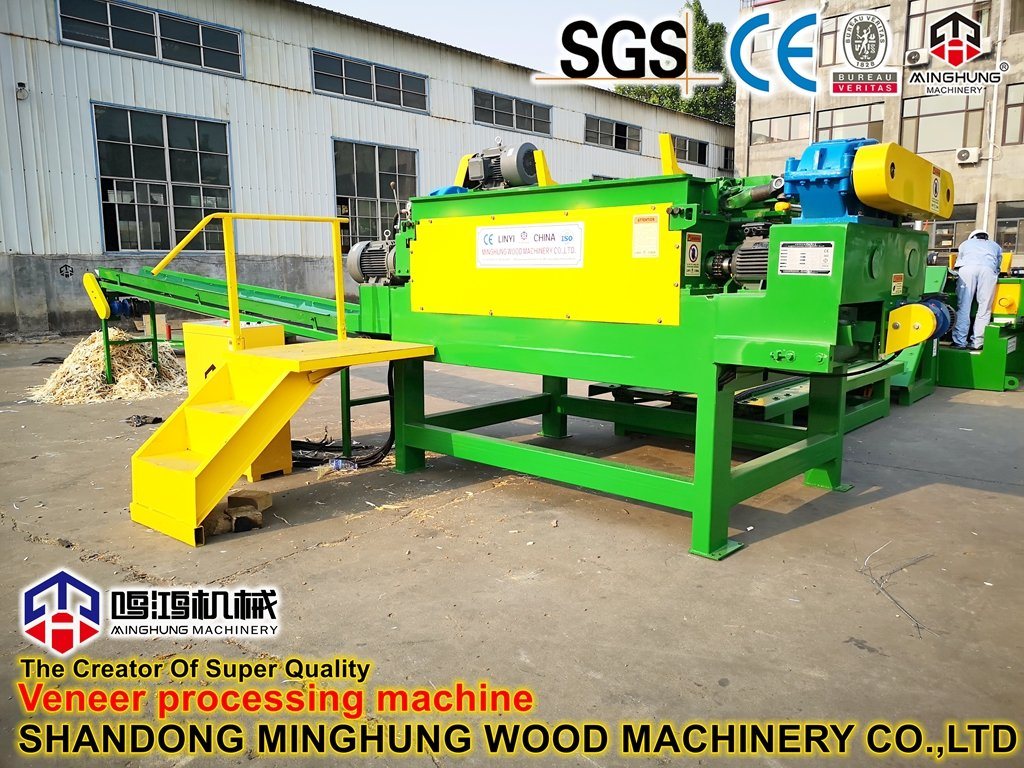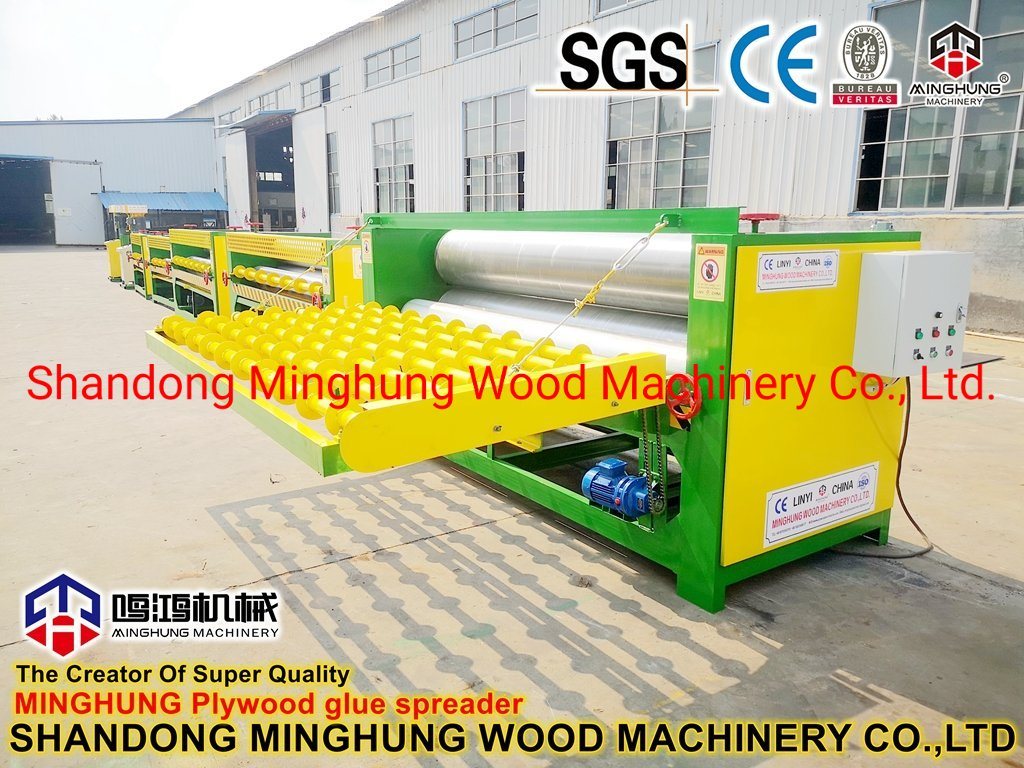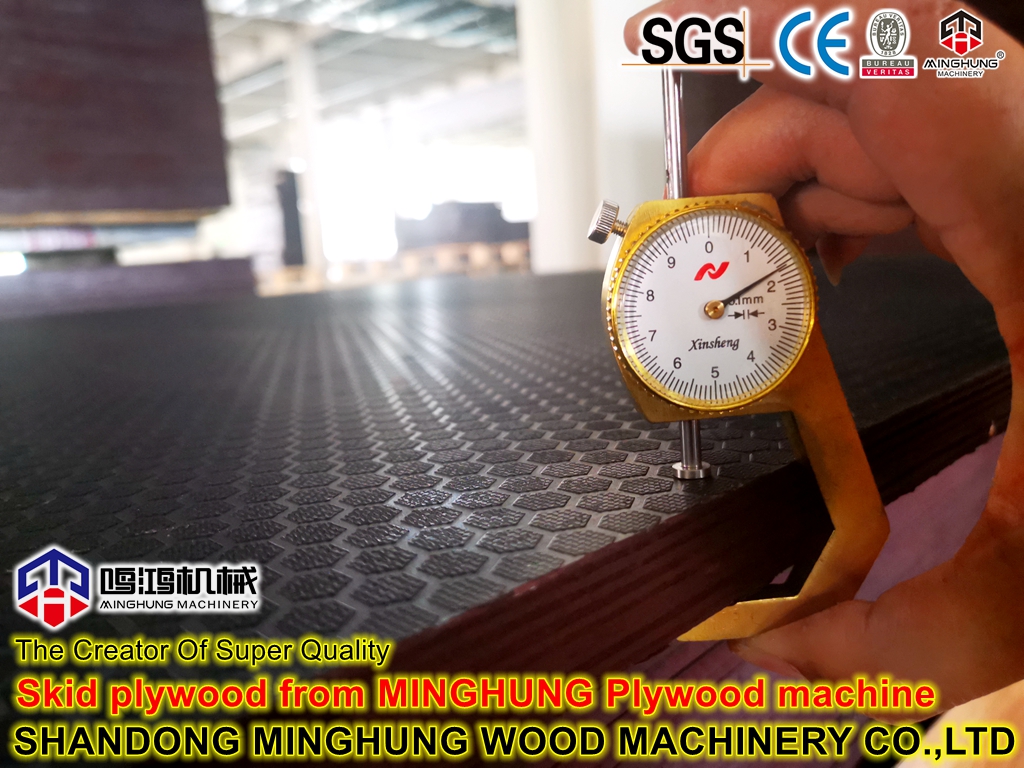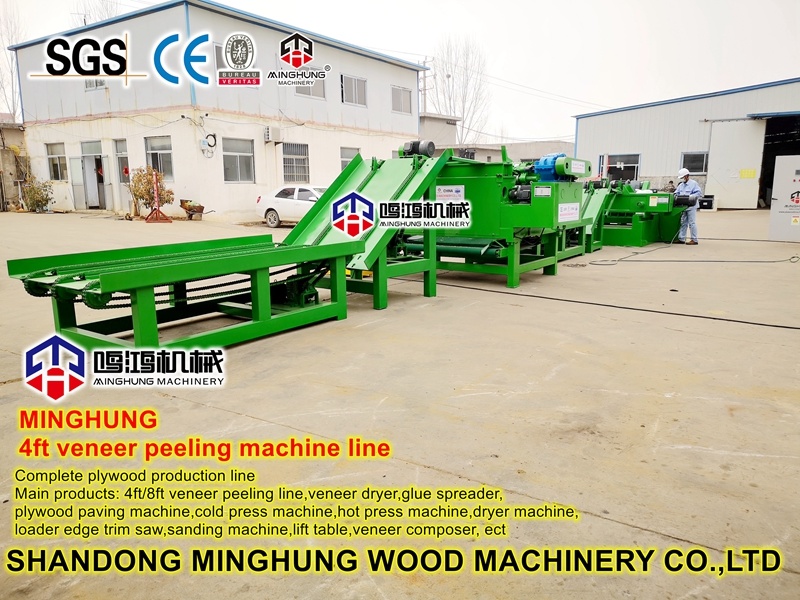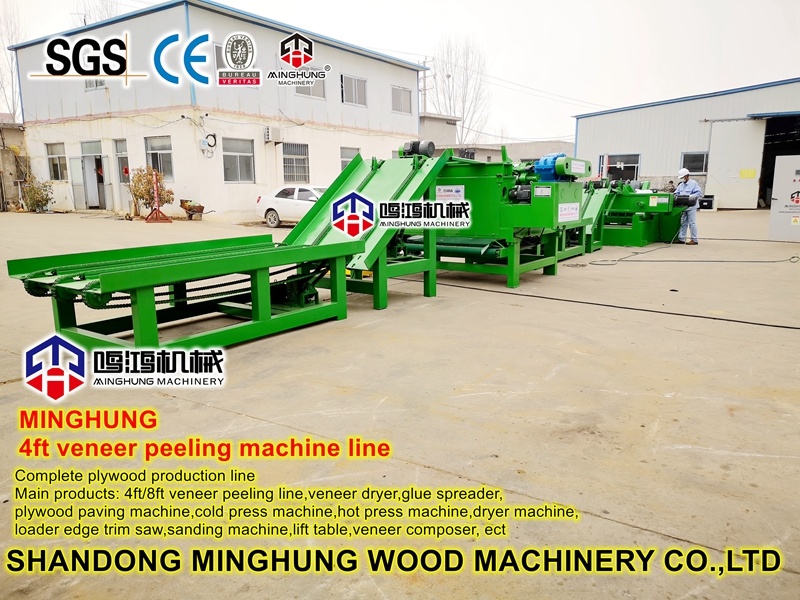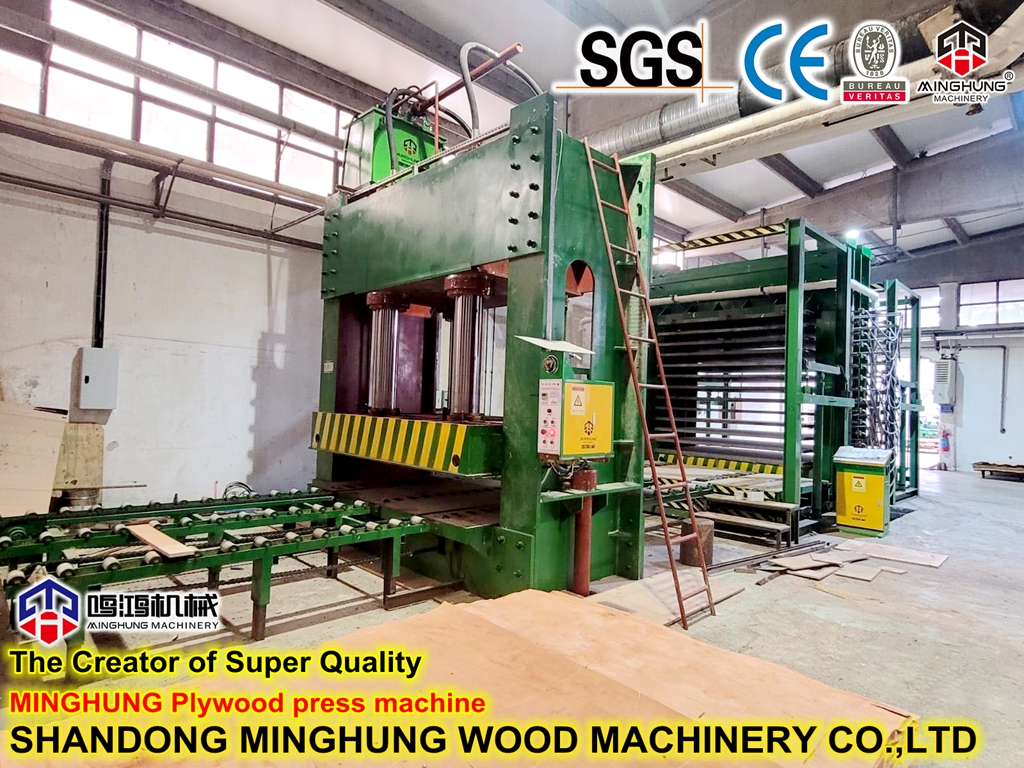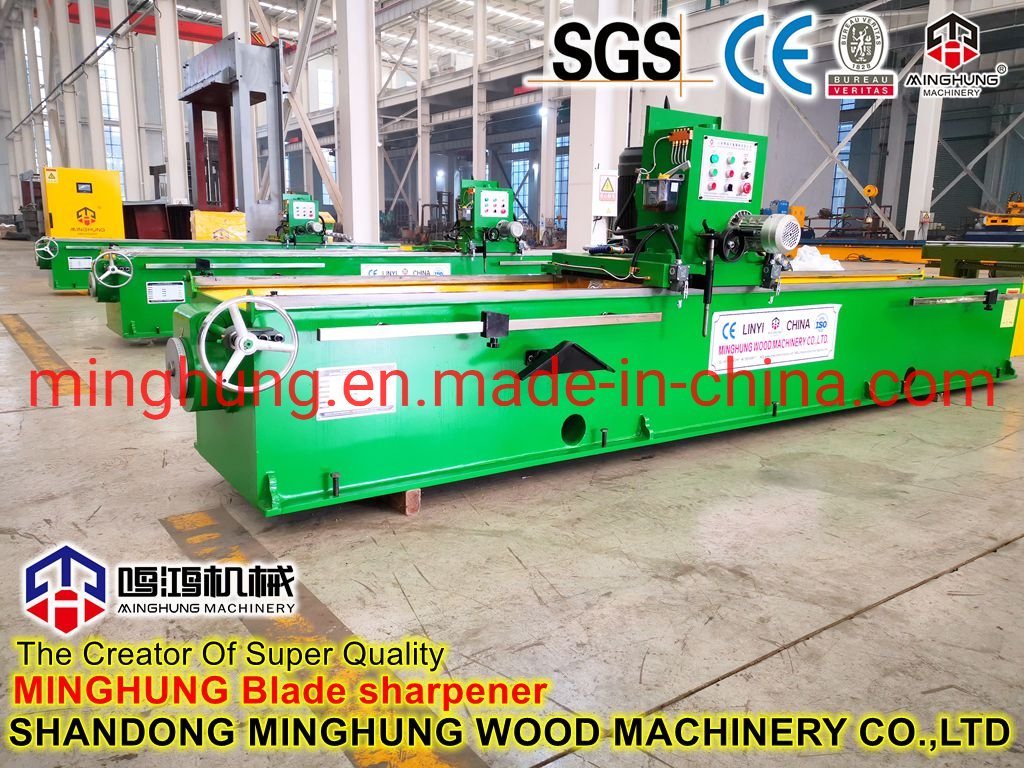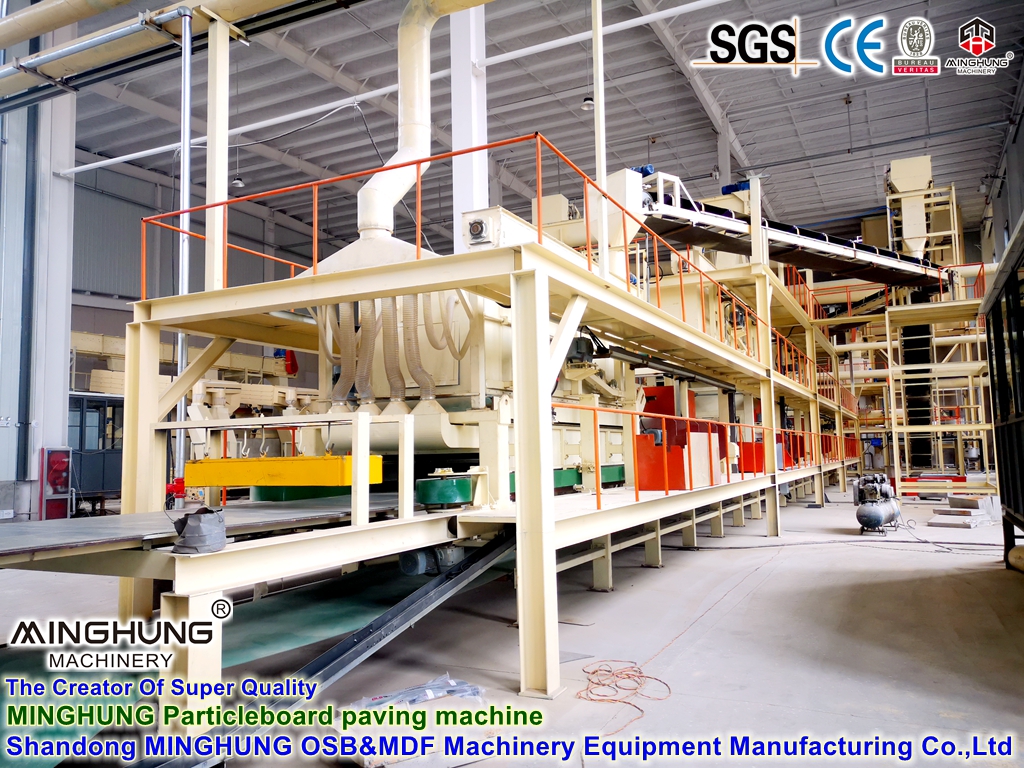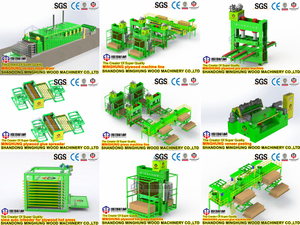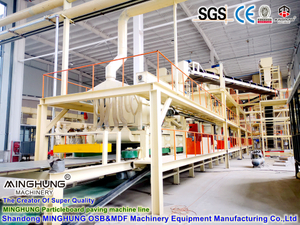Ⅲ.Key Elements & Challenges for Achieving 24/7 Operation
1. High Equipment Reliability:
Redundancy for Critical Components: Consider redundancy for wear parts or critical components (e.g., certain sensors, key valves in hydraulic stations, critical drive units in robots).
Stringent Selection & Manufacturing: The press, robots, and their core components (servo motors, gearboxes, controllers, end-effectors) must use internationally renowned brands or proven high-reliability products. Robots must have sufficient payload capacity, working range, and heat resistance (especially the unloading robot).
End-of-Arm Tooling (EOAT) Design: The loading/unloading grippers are crucial. They must be specially designed for mat/panel characteristics (size, weight, surface condition) to ensure stable gripping without damage, withstand heat (unloading), be durable, and easy to maintain/replace. Common solutions include heat-resistant vacuum cups, mechanical grippers, or combination systems.
2. Preventive & Rapid Maintenance (Maintainability):
Comprehensive Preventive Maintenance (PM) Plan: Establish a strict schedule for regular inspections, lubrication, and part replacement, triggered by operating hours or production volume.
Condition Monitoring: Utilize vibration monitoring, temperature monitoring, etc., to assess the health of critical equipment (e.g., press main cylinders, robot joints) for predictive maintenance.
Modular Design: Equipment should be designed for quick disassembly and replacement of modules (e.g., grippers, conveyor sections, sensors).
Adequate Spare Parts Inventory: Stock critical wear parts and long-lead-time spares.
Skilled Maintenance Team: Requires professional maintenance engineers and technicians, proficient in the entire automated system, available 24/7.
3. System Stability & Robustness:
Robust Control System: Utilize high-performance, highly reliable PLC/DCS systems with redundancy capabilities. Software must be thoroughly tested and validated.
Precise Synchronization Control: Ensure perfect synchronization between robot movements, press speed, and upstream/downstream conveyor speeds.
Comprehensive Fault Diagnostics & Safety Interlocks: The system must have rapid and accurate fault location capabilities, with multi-layer safety interlocks (emergency stops, zone guarding, light curtains, safety doors) to ensure safe shutdown in case of any failure, preventing equipment damage and secondary accidents.
Handling Production Fluctuations: Design buffer stages (e.g., mat buffer before press, cooling rack/buffer after press) to handle brief press stoppages or minor speed variations upstream/downstream.
4. High-Quality Supporting Infrastructure:
Stable Utilities: Continuous, stable power supply (potentially dual circuits), compressed air, cooling water, etc.
Adequate Environmental Control: Workshop temperature/humidity control (especially important for presses and electrical equipment), dust control (to protect precision equipment like robots).
5. Mature Automation Integration:
Seamless Integration: The press, loading/unloading robots, forming line, and downstream processing (sawing, stacking, sanding) must be designed and integrated as a holistic system, ensuring smooth information and material flow. Requires experienced system integrators.
Human-Machine Interface (HMI): Provide intuitive, user-friendly HMIs for operators to monitor status, handle alarms, and call up recipes.
Ⅳ.Advantages of the Solution
1. Ultra-High Production Efficiency: Continuous presses inherently offer high output. Combined with automated loading/unloading, bottlenecks and downtime associated with manual operation are eliminated, achieving output close to theoretical maximum. 24/7 operation further amplifies this advantage.
2. Stable Product Quality: Robots ensure precise, consistent, and gentle handling (reducing mat/board damage), avoiding fluctuations, impacts, or misplacement caused by manual operation. This contributes to stable press operation and improves product yield.
3. Significant Reduction in Labor Costs & Dependence:
Completely replaces manual operators for heavy lifting in hot environments at the press infeed and exit.
Reduces reliance on skilled workers and alleviates hiring difficulties.
4. Enhanced Operational Safety: Removes workers from hazardous or harsh environments involving high heat, high pressure, heavy lifting, dust, and noise, significantly reducing the risk of workplace injuries.
5. Improved Production Rhythm & Continuity: Robots, the press, and upstream/downstream equipment are tightly synchronized via PLC/MES systems, ensuring perfect timing and enabling truly seamless continuous production.
6. Data Traceability: Automated systems typically integrate data collection, recording production parameters, equipment status, and output information, facilitating production management and quality traceability.
We maintain a long-term cooperation with a well-known freight forwarding company, and adhere to the customer-first philosophy. We strictly implement the quality inspection process before shipment to ensure that each batch of products meets international quality standards, We deeply understand that high-quality service is the cornerstone of winning customer trust, and we always create value for customers with professional and efficient supply chain management. We sincerely invite you to join hands and work together to createa win-win future.
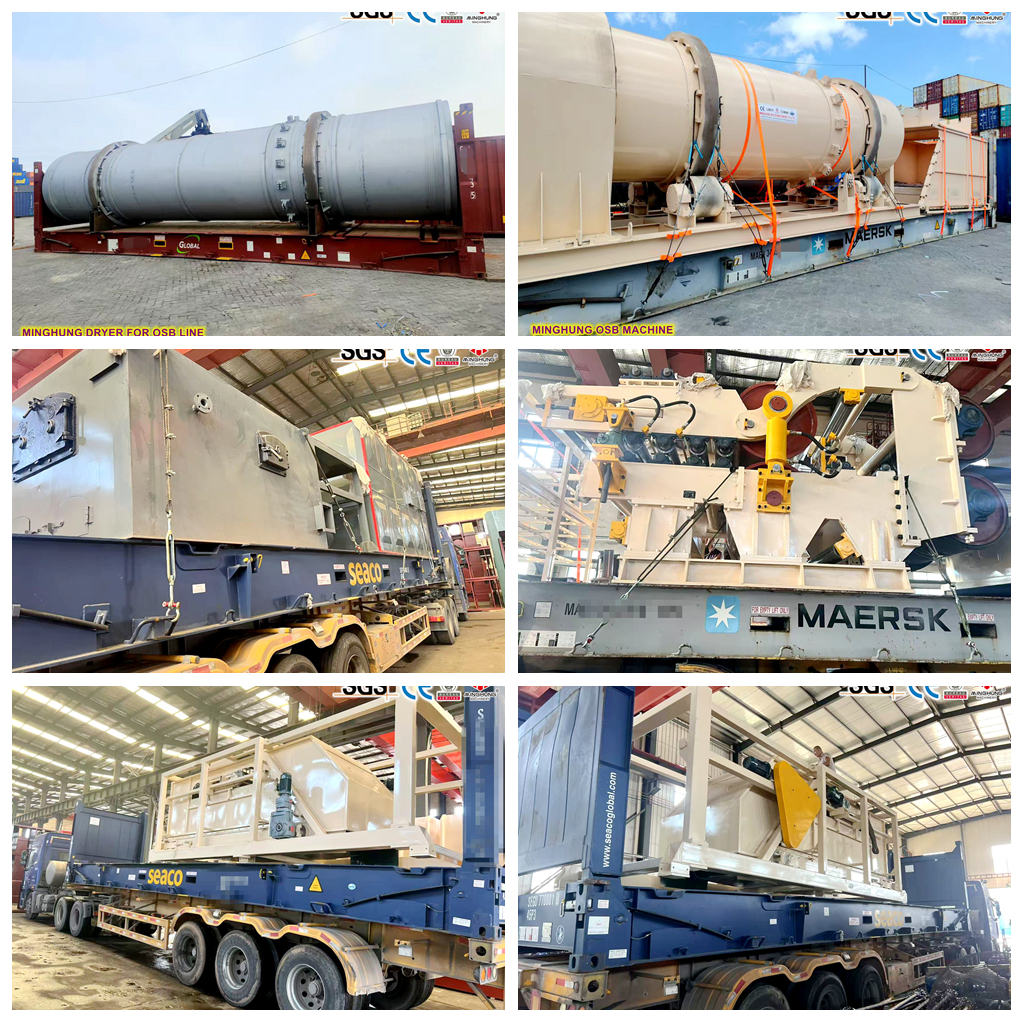
Pre-sales service:
1) Listen to customer needs
2) Provide preliminary machine design and flow chart for free, select and provide the most reasonable configuration equipment:
3) Support remote meetings and remote factory visits;
4) Provide professional advice to customers and confirm the final selection
5) Support on-site factory visits;
On-purchase service:
1) All equipment must be installed and debugged before leaving the factory, and remote video quality inspection is supported;
2) All machines must be unpacked before leaving the factory, and photos, videos, and annotations must be provided;
3) Free online or offline training for buyers' operators (domestic)
4) Assist buyers in installing and debugging equipment (overseas)
After-sales service:
1) 7*24 hours online service, remote real-time video solution;
2) During the first installation and debugging process, problems encountered during normal operation are solved in time:
3) Regular process inspection and use effect, timely machine maintenance suggestions:
4) Lifetime free technical guidance
5) Timely update the latest industry information.
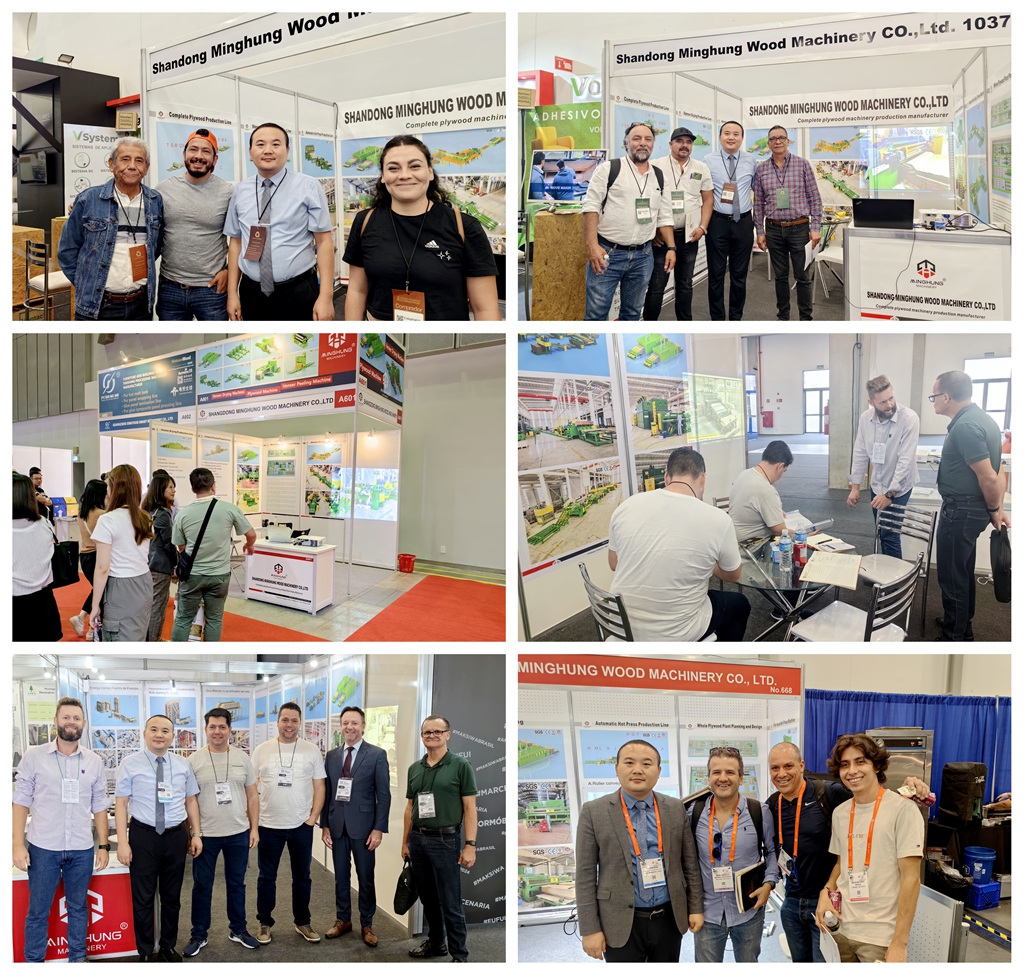
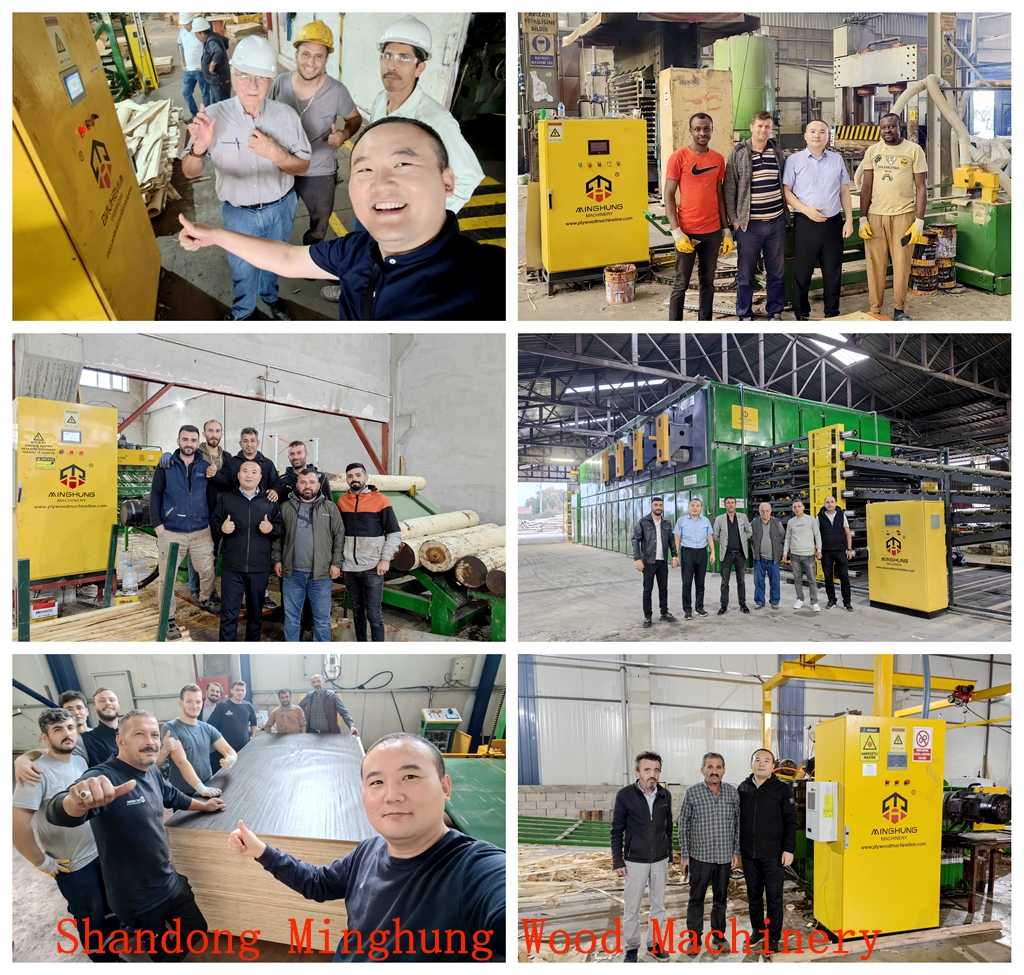
Let's Discuss Your Needs & Get a Tailored Solution
Whatsapp: +8618769900191 +8615589105786 +8618954906501
Email: osbmdfmachinery@gmail.com

